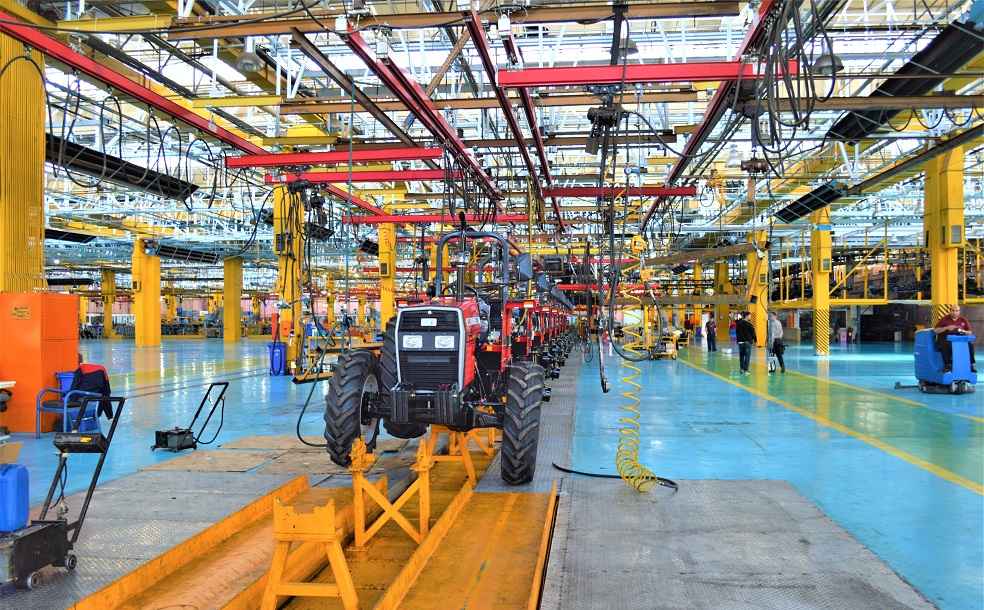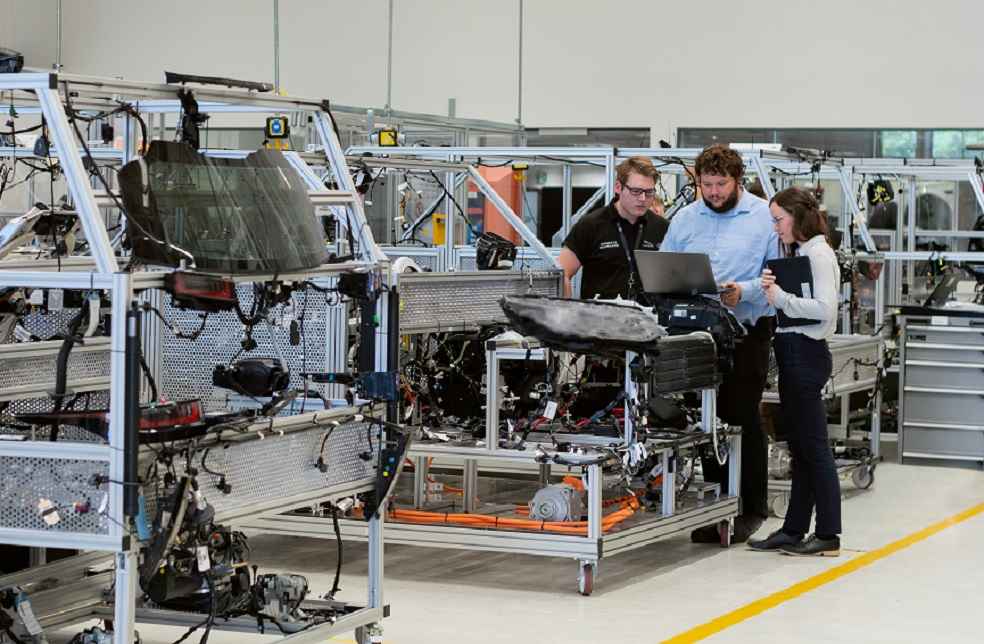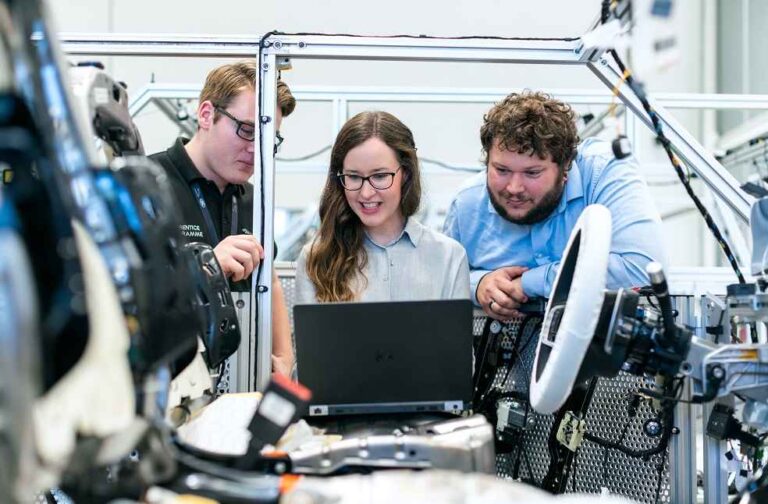The dynamics of the global automotive industry are rapidly evolving, with China playing a pivotal role in this transformation. European automakers are striving to augment their presence in the Chinese market, concurrently Chinese manufacturers are boldly venturing into Europe. This bidirectional flux presents opportunities yet also foreshadows several challenges for the European auto industry.
According to a study by Allianz Trade, European auto manufacturers could potentially lose over €7 billion in yearly net profits by 2030. This significant financial impact stems from Chinese manufacturers incrementally capturing their domestic market shares, which could severely deplete the sales of European car brands in China. This phenomenon is further intensified by the introduction of new, locally tailored models by Chinese manufacturers.

Battery-electric vehicles (BEVs), produced by Chinese manufacturers, are particularly technologically advanced and economical, thus catering to Chinese consumers’ desires. While European manufacturers are acutely aware of the need to adapt to local preferences, they face escalating competition in their home markets from their Chinese counterparts.
Volkswagen Group, which is heavily reliant on the Chinese market for sales and profits, has taken a sporting approach towards this competition. The German automaker believes that a competitive market environment serves as a catalyst for innovation.

In the meantime, Chinese manufacturers are steadily gaining traction in Europe, presenting a considerable threat to traditional European carmakers. Companies such as BYD and electric vehicle (EV) innovator Nio are making their mark, especially with Nio’s battery-swapping technology standing out.
Furthermore, brands like Great Wall Motors (GWM) have scored high ratings in rigorous safety tests conducted by Euro NCAP, significantly boosting the recognition of Chinese brands in Europe. Alarmingly, three of Europe’s top-selling BEVs in 2022 were of Chinese origin, a development that could potentially erode the European car industry.

China’s preeminent position in the EV market and dominance in the battery market further consolidate its competitive advantage. This is illustrated by the fact that China was home to the largest EV production base in the world as of last year, producing 64% of the global volume. Substantial government subsidies and tax breaks have facilitated the emergence of numerous local EV brands in China, prepared to dash into major automotive markets.
Analysts have suggested that European policymakers should aim to construct reciprocal trade terms in periods of heightened geopolitical tension. Chinese brands, such as BYD, are keen on establishing a significant presence in Europe. They aim to develop close relationships with local dealerships and suppliers, adjust their pricing strategies, and are eager to compete with legacy carmakers.

At the same time, Western brands are altering their strategies for the Chinese market. Some, like Ford, are considering scaling back their investments in China due to escalating competition. However, German carmakers are prepared to reinvest heavily, as China is a key market for them. VW Group is planning a significant €1 billion investment in the country, emphasizing its commitment to the Chinese market.
The political tension between Europe and China, however, continues to blur the lines between politics and business, potentially complicating these developments. Public awareness and condemnation of human rights abuses have intensified, pushing EU politicians to encourage companies to reduce their dependence on China. Despite these challenges, the automotive industry remains a significant area of interaction and mutual growth for both China and Europe.
EV WORLD: Citroen’s Doorless Ami Buggy II: The Affordable Beach-Ready EV





